
.png)

.png)
.png)


-
.png) 0086-757-85407388
0086-757-85407388 -

-
 terrychen@wintoly.com
terrychen@wintoly.com


.png)

.png)
.png)


.png)



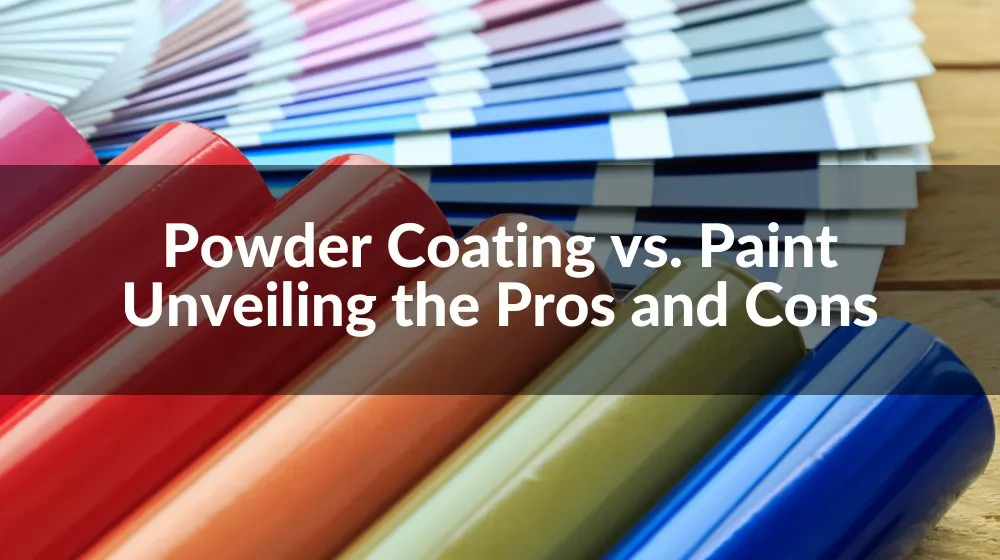
In the realm of finishes and coatings, the debate between powder coating and paint is a longstanding one. Both methods have their unique strengths and weaknesses, making them more suitable for certain applications over others. In this comprehensive guide, we will unveil the pros and cons of both methods, covering everything from durability and resistance to cost factors and environmental considerations. Whether you're an industry professional or a DIY enthusiast, this guide will help you make an informed decision when choosing the right coating for your next project.
In today's fast-paced world, the need for durable, long-lasting, and aesthetically pleasing finishes has never been higher. Whether it's for automotive parts, architectural structures, or everyday consumer goods, the finish is more than just an afterthought—it's a critical component of the product's value proposition. It's not just about durability, though that's a significant factor. The visual appeal is equally vital, adding an element of style, sophistication, or even brand identity to the finished product.
This growing demand has led to a boom in the powder coating manufacturing industry. As a standout performer in providing durable and visually appealing finishes, powder coating has become a preferred choice for many businesses. As a result, manufacturers are continuously innovating, developing, and customizing powder coatings to meet these high demands.
It's an exciting time in the industry as we strive to meet the ever-evolving needs of businesses and consumers alike, creating finishes that not only withstand the test of time but also capture the eye. We understand that when it comes to finishes, you're not just looking for a product that lasts—you want something that stands out. And that's where custom powder coating comes into play, offering a world of possibilities in terms of durability and design.
Selecting the right coating method for your product is crucial. It's not a one-size-fits-all scenario; what works best depends on a variety of factors including the material you're working with, the product's intended use, the environment it will be exposed to, and the aesthetic you're aiming for. Choosing the wrong coating method can lead to premature wear, corrosion, and a less than optimal look—problems that can compromise the integrity of your product and disappoint your customers.
It's here where the battle between traditional paint and modern powder coating takes center stage. Each coating method comes with its own set of pros and cons, and understanding these can help you make an informed decision. A method that offers durability, cost-effectiveness, environmental friendliness, and a wide range of aesthetic possibilities is often the ideal choice.
Powder coating, a process that uses a free-flowing, dry powder, has been gaining favor for its superior durability, its eco-friendly nature, and its capacity to deliver a high-quality finish. Paint, on the other hand, is a traditional method known for its versatility and wide range of colors. This chapter aims to delve deeper into these two methods, helping you understand why choosing the right coating method matters.
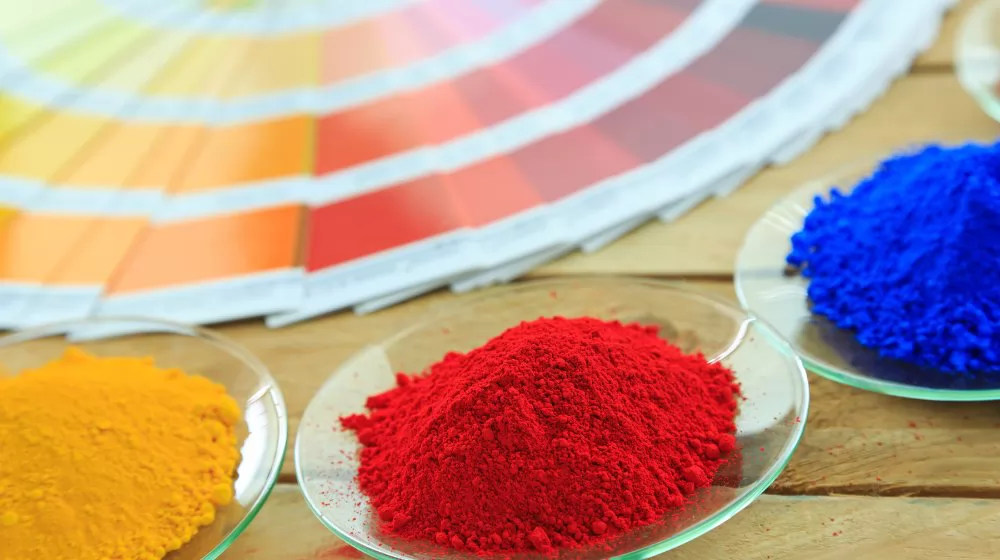
Powder coating is a type of coating that is applied as a free-flowing, dry powder. Unlike conventional liquid paint which requires a solvent to keep the binder and filler parts in a liquid suspension form, powder coating is typically applied electrostatically and then cured under heat to allow it to flow and form a "skin". This process results in a high-quality, durable finish, allowing for much thicker coatings than conventional paint—without running or sagging.
The powder coating process involves several steps. First, the object to be coated is thoroughly cleaned and prepared to ensure the coating will adhere properly. Next, the powder is applied using a spray gun which imparts an electrostatic charge to the powder particles, causing them to stick to the grounded object. Finally, the object is heated in a curing oven where the powder melts, bonds, and cures to form a hard, durable, and visually appealing finish.
With the advent of custom powder coating, powder coating manufacturers can now offer a wide array of colors and finishes, making it a highly versatile option. From smooth and textured to matte and glossy finishes, the options are virtually endless. So, whether you're looking for a finish that's subtle and understated or bold and eye-catching, powder coating has you covered.
One of the primary advantages of powder coating is its enhanced durability. Powder coated surfaces are resistant to scratching, chipping, fading, and wearing, making them far more durable than their painted counterparts. They are also highly resistant to harsh weather conditions and can withstand prolonged exposure to sunlight without losing their luster. This makes powder coating an ideal choice for objects that face tough everyday conditions.
With the advent of custom powder coating, the range of available colors and finishes has expanded dramatically. Unlike traditional paint, powder coating can be readily customized to achieve virtually any color or finish, from matte and glossy to textured and metallic. This allows manufacturers to create visually striking products that are not only durable but also aesthetically pleasing.
Powder coating is a more environmentally friendly choice than traditional paint. It contains no solvents and releases negligible, if any, volatile organic compounds (VOCs) into the atmosphere. Additionally, unused or oversprayed powder can be collected and reused, making the process virtually waste-free. This can be a key selling point for companies committed to sustainable practices.
For large-scale applications, powder coating is often more cost-effective than painting. While the initial equipment investment might be higher, the long-term benefits—such as reduced waste, lower maintenance costs, and higher durability—often make it a more economical choice. Moreover, the ability to recycle oversprayed powder significantly reduces material costs.
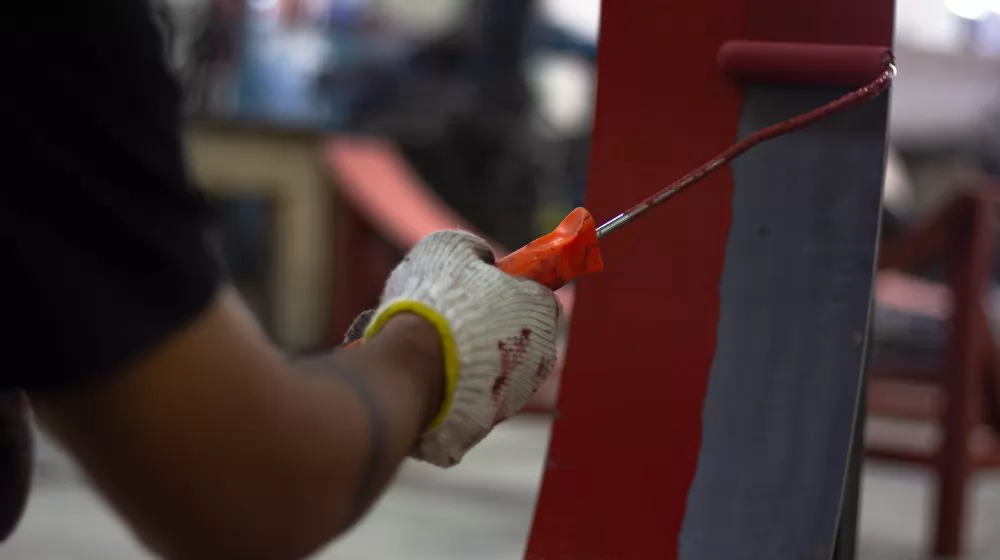
Paint coating, in its simplest form, is a pigmented liquid substance designed to be applied to a surface for decorative, protective, or functional purposes. Once applied, it dries or cures into a solid film. It can be made from a variety of materials, including oils, latex, and acrylics, among others.
The application of paint coating is a multi-step process. Firstly, the surface to be painted needs to be thoroughly cleaned and prepped. This could involve sanding, priming, or other preparation methods depending on the material. Next, the paint is applied using a brush, roller, or spray gun. Depending on the desired finish, several coats might be needed, with drying time in between. Lastly, a sealant or top coat may be applied for added protection and longevity.
Paint coating is a versatile solution that can be used on a wide range of surfaces, including metal, wood, plastic, and more. It's used extensively in industries such as construction, automotive, and manufacturing, to name just a few. From the walls in our homes to the cars we drive, the application of paint is ubiquitous in our daily lives.
One of the key benefits of using paint coatings is their versatility. They can be applied to a wide range of materials including metal, wood, plastic, and more. This makes paint a go-to option for many projects, both residential and commercial. Furthermore, paint can be applied using various methods like brushing, rolling, or spraying, allowing for flexibility based on the specific requirements of the project.
Paint coatings offer an extensive palette of colors and a wide array of finishes and effects, from matte to high-gloss, and from flat to textured. This makes it possible to achieve almost any desired aesthetic. Special effect paints can also mimic materials like marble, wood, or stone, providing additional opportunities for customization.
For small-scale projects, paint coatings often present a lower initial cost compared to powder coating. The equipment needed for paint application is generally less expensive, and paint itself can be more cost-effective for small quantities. This makes paint a popular choice for DIY enthusiasts, hobbyists, and small-scale applications.
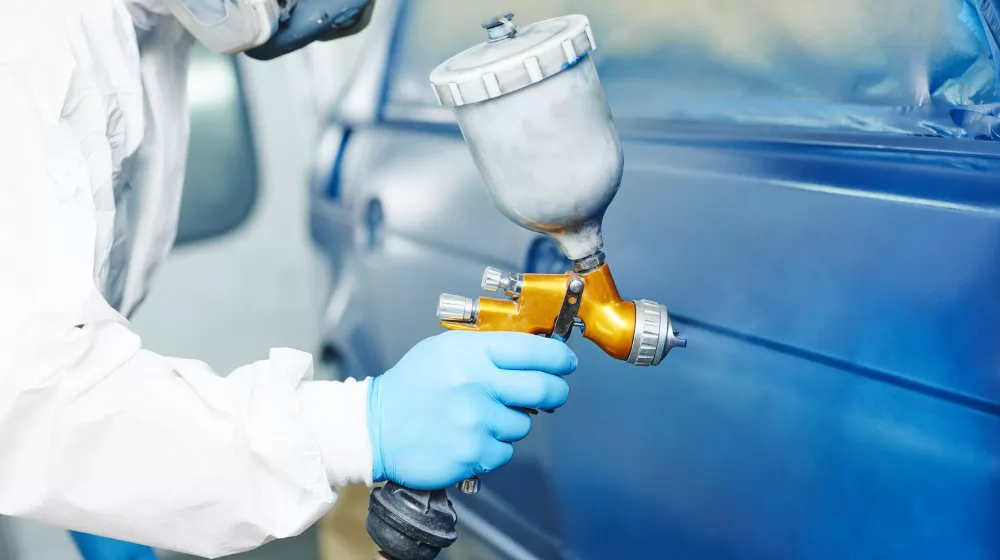
When it comes to durability, powder coating generally takes the lead. The finished surface is more resistant to chipping, scratching, fading, and wear compared to paint. Paint, while decently durable under normal conditions, may chip and scratch more easily.
Both powder coating and paint provide a level of impact resistance. However, powder coating, due to its thickness and flexibility, tends to withstand impacts better without chipping or cracking.
Powder coatings generally offer superior corrosion resistance compared to paint. The seamless, cured finish of powder coating provides an effective barrier against moisture and chemicals, which are common causes of corrosion.
Powder coatings are typically more resistant to the effects of UV radiation than paints. While certain high-quality paints may offer good UV resistance, powder coating generally retains color and gloss longer when exposed to sunlight.
Both powder coating and paint can offer excellent aesthetics. However, paint may provide more options in terms of finish, as it can achieve everything from a flat, matte look to a high-gloss shine. Powder coating, on the other hand, can offer a more uniform, seamless finish without visible brush strokes or drips.
Paint typically offers a broader range of available colors compared to powder coating, as paint can be mixed to create virtually any color. Powder coatings come in a variety of colors too, but the selection might be slightly more limited.
Both powder coating and paint offer a range of gloss levels, from matte to high gloss. They also offer a variety of textures, such as smooth, wrinkled, and rough textures. However, paint may offer a slightly wider range of options.
Paint allows for more intricate and detailed designs, making it a more suitable choice for projects requiring special effects or extensive customization. Powder coating, while not as flexible in this regard, can still offer a range of effects such as metallic, pearlescent, and clear finishes.
The application processes for paint and powder coating are quite different. Paint is typically applied using brushes, rollers, or sprayers, and it can be easily done by a non-professional. Powder coating, on the other hand, requires professional equipment and expertise, as it involves electrostatically applying the powder and then curing it under heat.
Powder coating requires a dedicated setup that includes a powder coating gun, a curing oven, and a well-ventilated workspace. This makes it more suitable for industrial applications or larger projects.
Paint can be applied using a variety of methods such as brushing, rolling, and spraying. Different tools and techniques can be used to achieve different finishes and effects, giving paint a level of versatility that can be very advantageous in certain projects.
Both powder coating and paint require thorough surface preparation to ensure good adhesion and a high-quality finish. This typically involves cleaning the surface to remove any dirt, grease, or rust, and may also involve sanding or priming the surface in some cases. However, powder coating generally requires a more involved preparation process.
In terms of environmental impact, powder coating is generally considered more eco-friendly than paint. This is because powder coatings contain no solvents and release little to no volatile organic compounds (VOCs) into the atmosphere during application. Paint, on the other hand, often contains solvents which can release VOCs.
Due to the presence of solvents, paint can emit volatile organic compounds (VOCs) that can be harmful to the environment and the applicator's health. Many regions have regulations in place to control VOC emissions from paint. Powder coating, on the other hand, emits almost no VOCs, making it a more environmentally friendly option.
Paint can generate waste in the form of empty paint cans, used brushes, rollers, and so on. Disposal of these materials needs to be done carefully to avoid environmental contamination. Powder coating, on the other hand, produces less waste. Unused powder can be collected and reused, and the primary waste product is dust, which can be controlled with proper ventilation and filtration systems.
The cost of paint and powder coating can vary greatly depending on several factors such as the size and complexity of the project, the quality of the materials used, and labor costs. Generally, paint may have a lower initial cost, but powder coating can be more cost-effective in the long run due to its durability and lower maintenance needs.
Powder coating typically requires a larger initial investment in terms of setup and equipment compared to paint. A powder coating setup includes a powder coating gun, an electrostatic generator, a curing oven, and a spray booth. Paint, on the other hand, can be applied with simple tools such as brushes and rollers, or a spray gun for larger projects.
The cost of materials can also vary significantly. Powder coating materials may be more expensive than paint, but the increased durability and reduced maintenance can make it more cost-effective over time. Labor costs can also be a significant factor, especially for large-scale projects. Powder coating can be more labor-intensive due to the need for precise application and heat curing.
While paint may be less expensive initially, it typically requires more maintenance and has a shorter lifespan than powder coating. Powder coated surfaces are more resistant to chipping, scratching, fading, and wearing than painted surfaces. As a result, they often last longer and require less maintenance, which can lead to cost savings over time.
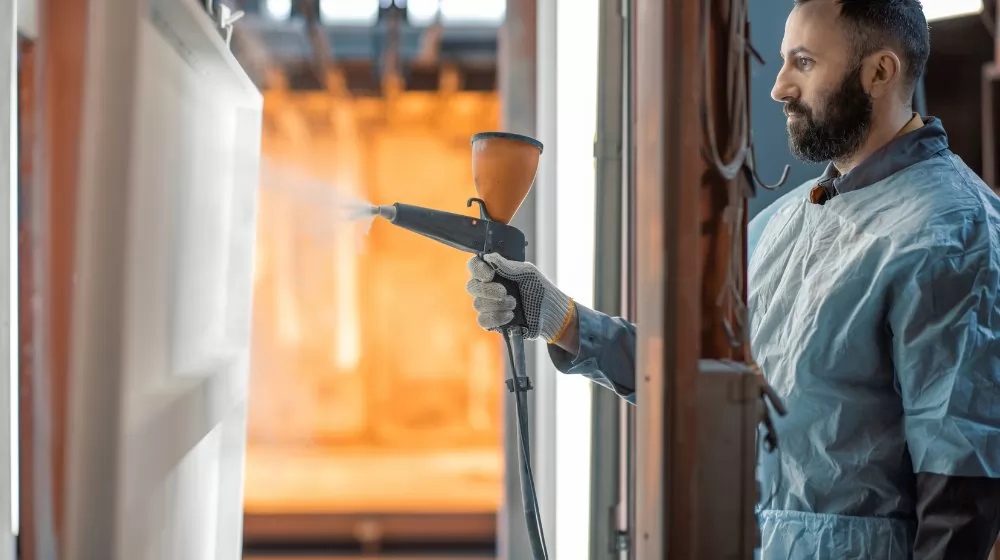
In the automotive and transportation industry, powder coating is often used due to its high durability and resistance to harsh conditions. It's commonly applied on car bodies, frames, wheels, and other parts to provide a hard, protective finish that can withstand the rigors of the road.
In architecture and construction, powder coating is a preferred choice for coating metal parts such as window frames, railings, and architectural accents. It provides an aesthetically pleasing finish that can resist weathering, corrosion, and UV damage.
Powder coating is commonly used in the furniture industry, especially for metal furniture and fixtures. It can provide a smooth, durable finish in a wide range of colors and textures. Similarly, in the appliance industry, powder coating is used to provide a durable and attractive finish that can withstand daily wear and tear.
Paint is widely used in residential and commercial settings for both interior and exterior applications. It offers a wide range of colors and finishes, allowing for greater customization to fit the design aesthetics. Its application process is also more straightforward, making it suitable for do-it-yourself projects.
In the realm of art and creative projects, paint offers unparalleled versatility. Artists use paint for creating artworks due to the wide array of colors, textures, and effects that can be achieved.
Paint coatings are often used in industrial settings and machinery for their versatility and ease of application. They can be applied to a variety of surfaces and can provide protection against corrosion, wear, and environmental damage. They also allow for a range of finishes and effects, including high-gloss, matte, textured, and more.
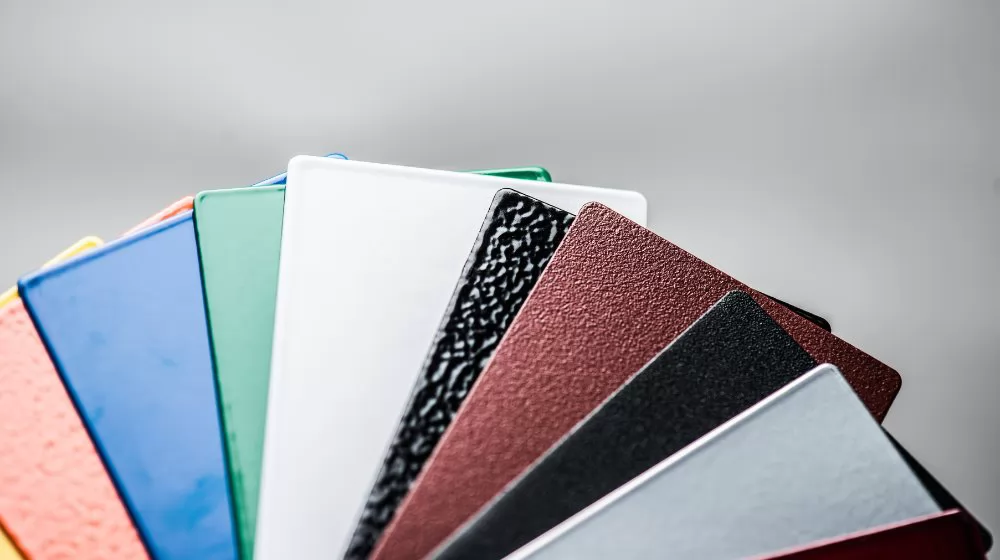
One of the most prominent examples of powder coating applications is in the automotive industry. A leading car manufacturer recently shifted from traditional paint coatings to powder coatings for their car frames. The move was prompted by the need for a more durable, corrosion-resistant finish that could withstand the harsh conditions vehicles are often exposed to. After implementing powder coating, the company reported significant improvement in the longevity of their car frames, reduced maintenance costs, and increased customer satisfaction due to the enhanced aesthetic appeal of the powder-coated finish.
In the furniture industry, a popular furniture manufacturer opted for powder coating to finish their metal furniture pieces. The company sought a finish that was not only durable and resistant to wear and tear but also offered a wide range of color and texture options to match their creative designs. The shift to powder coating resulted in furniture pieces that had a high-quality finish, improved resistance to scratches and dents, and a wide range of colors and textures that elevated the overall design aesthetics. The company reported a positive response from customers, with increased sales and improved brand image.
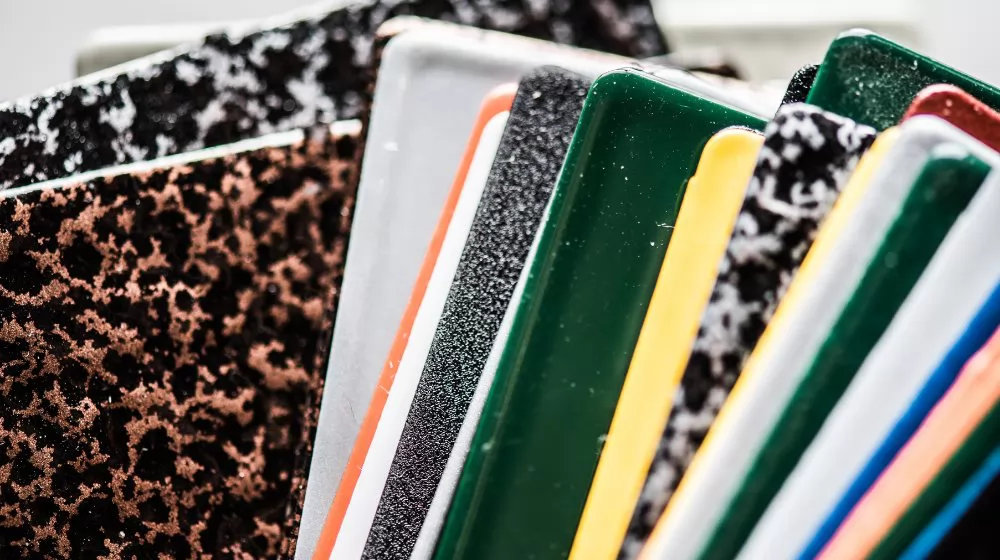
Before deciding on a coating method, it's crucial to understand the specific requirements of your project. This includes the type of material you'll be coating, the environmental conditions it will be exposed to, and the desired appearance and finish. For instance, if you're coating a metal part that will be exposed to outdoor weather conditions, you may require a coating with high resistance to corrosion and UV damage.
Evaluate the performance and durability needs of your project. If your project demands a coating that can withstand harsh conditions and heavy use, powder coating may be a more suitable option due to its enhanced durability and resistance. On the other hand, if you're working on a small, decorative project that won't be exposed to harsh conditions, a paint coating might suffice.
Budget is another important factor to consider when choosing a coating method. While powder coating may offer superior durability and longevity, it might also come with higher initial costs due to the need for specialized equipment and processes. Paint coatings, while potentially less durable, can be more cost-effective, particularly for small-scale projects.
Lastly, when in doubt, it's always a good idea to consult with professionals. They can provide valuable insights based on their experience and expertise, helping you choose the coating method that best suits your project's needs and your budget.
Choosing the right powder coating manufacturer can make a significant difference in the quality and success of your project. Here are some key factors to consider:
By considering these factors, you can choose a powder coating manufacturer that will deliver high-quality results and meet your project's needs.
If you are in search of a leading powder coating manufacturer, look no further than Wintoly. As one of China's top providers, Wintoly offers a comprehensive range of custom powder coating solutions tailored to meet your specific needs. With their expertise and commitment to quality, you can rest assured that your project will be handled with the utmost precision and care. Visit www.wintoly-coatings.com today to learn more about how Wintoly can elevate your next project with their premier powder coating solutions.
1. What is powder coating?
2. What are the benefits of using powder coating?
3. What industries commonly utilize powder coating?
4. How do I choose a reliable powder coating supplier?
5. What types of powder coatings are available?
6. What is the typical minimum order quantity (MOQ) for powder coatings?
7. Can I request custom colors or formulations?
8. How do I ensure quality control when ordering powder coatings?
9. What are the typical curing requirements for powder coatings?
10. What are the payment terms typically offered by powder coating suppliers?
11. How can I request samples of powder coatings?
12. What should I consider when applying powder coatings?
When selecting a powder coating supplier, it’s essential to evaluate their product offerings, quality assurance processes, and customer service. Doing thorough research can help you find a supplier that meets your specific needs effectively.

 terrychen@wintoly.com
terrychen@wintoly.com
.png) 0086-757-85407388
0086-757-85407388
 6 Chaoyang Rd., National Demonstration Eco-industrialzone, Nanhai, Foshan,Guangdong,China
6 Chaoyang Rd., National Demonstration Eco-industrialzone, Nanhai, Foshan,Guangdong,China

.png)
